XRF Test Results for Blue Hill Pattern Contemporary Fine China by Noritake (2482), Made in Sri Lanka
March 19, 2023 – Sunday
XRF Test Results For the Dish Pictured
Sent in by a Lead Safe Mama Reader (from Connecticut) for Testing
Context: Total Lead-content (as detectable with an XRF instrument) in the paint, glaze or coating of an item manufactured for use by adults is not regulated in any way. Dishes are considered to be “items intended for use by adults” (not “items intended for use by children” — even though children obviously use dishes!), unless they have been expressly manufactured and sold as children’s dishes (for example – dishes sold as baby dishes by Bunnykins/Royal Doulton [link], Tiffany & Co [link] or Wedgwood/Beatrix Potter [link]). Modern children’s items (made today) are not legally allowed to have Lead levels in the paint, glaze or coating above 90 ppm.
Most Important Consideration: Vintage dishware was often manufactured before modern leach-testing standards were in place [regardless of whether or not there were relevant total-content standards in place at the time of manufacture]. Given that it is rare for a set of dishes to actually be marked with the date of manufacture, users of these products often have no idea of the actual age of the product (as that relates to whether or not they may have been even leach-tested at the time of manufacture).
In addition to this concern, even if vintage dishes were manufactured after modern leach-testing standards were in place – those standards are only relevant at the time of manufacture (i.e. when the dishes were new).
If a product is compliant with leach-testing regulatory limits at the time of manufacture — yet still has high Lead content in the glaze — it may leach Lead at some point in the future — especially after years (or even decades) of daily use in a home.
It is for this reason that we actually recommend never using vintage dishware that tests positive for any amount of Lead on the food-contact surface of the dish (especially if the level of Lead present is 90 ppm or higher).
Some additional reading:
- To read more about the concern for Lead in pottery and china, click here.
- For the menu to the website (to look through different categories of items tested by Lead Safe Mama, LLC) – click here.
- To see XRF test results for more pieces “Made in Sri Lanka” that we have tested, click here.
- To see more Noritake pieces we have tested, click here.
- To learn more about sending in an item from your home for testing by Lead Safe Mama, LLC – click here.
Color-Code Key to XRF Readings Below
Metals noted in RED are considered toxic heavy metals in most applications.
Metals noted in BLUE are not considered toxic in this application.
Metals noted in GRAY were not found to be present (with the low threshold of detection for the XRF instrument normally falling in the single or double digit ppm for most metals.)
Reading #1) Center Of Food Surface of Dish (White Area)
60-second test (repeated multiple times to confirm results)
- Lead (Pb): non-detect
- Cadmium (Cd): non-detect
- Tin (Sn): non-detect
- Mercury (Hg): non-detect
- Selenium (Se): non-detect
- Barium (Ba): 3,351 +/- 353 ppm
- Chromium (Cr): non-detect
- Antimony (Sb): non-detect
- Copper (Cu): non-detect
- Zinc (Zn): 784 +/- 36 ppm
- Zirconium (Zr): non-detect
- Iron (Fe): 455 +/- 71 ppm
- Vanadium (V): non-detect
- Indium (In): non-detect
- Platinum (Pt): non-detect
- Cobalt (Co): non-detect
- Bismuth (Bi): 146 +/- 15 ppm
- No other metals detected in consumer goods mode.
Reading #2) Food Surface of Dish – Blue Floral Pattern on Edge
60-second test (repeated multiple times to confirm results)
- Lead (Pb): 4,588 +/- 101 ppm
- Cadmium (Cd): 11 +/- 5 ppm
- Tin (Sn): 30 +/- 8 ppm
- Mercury (Hg): non-detect
- Selenium (Se): non-detect
- Barium (Ba): non-detect
- Chromium (Cr): 1,307 +/- 279 ppm
- Antimony (Sb): non-detect
- Copper (Cu): 35 +/- 21 ppm
- Zinc (Zn): 1,796 +/- 66 ppm
- Zirconium (Zr): non-detect
- Indium (In): 15 +/- 6 ppm
- Iron (Fe): 1,735 +/- 140 ppm
- Vanadium (V): non-detect
- Platinum (Pt): 263 +/- 49 ppm
- Cobalt (Co): 2,208 +/- 123 ppm
- Bismuth (Bi): 103 +/- 18 ppm
- No other metals detected in consumer goods mode.
Reading #3) Food Surface of Dish – Silver Banding
60-second test (repeated multiple times to confirm results)
- Lead (Pb): 192 +/- 19 ppm
- Cadmium (Cd): 10 +/- 5 ppm
- Tin (Sn): 19 +/- 8 ppm
- Mercury (Hg): non-detect
- Selenium (Se): non-detect
- Barium (Ba): non-detect
- Chromium (Cr): non-detect
- Antimony (Sb): 21 +/- 11 ppm
- Copper (Cu): non-detect
- Zinc (Zn): 938 +/- 62 ppm
- Zirconium (Zr): non-detect
- Indium (In): 14 +/- 7 ppm
- Iron (Fe): 574 +/- 119 ppm
- Vanadium (V): non-detect
- Platinum (Pt): 97 +/- 37 ppm
- Gold (Au): 495 +/- 49 ppm
- Cobalt (Co): non-detect
- Bismuth (Bi): 75 +/- 13 ppm
- No other metals detected in consumer goods mode.
Reading #4) Back Mark of Dish – Logo Area
60-second test (repeated multiple times to confirm results)
- Lead (Pb): 2,883 +/- 73 ppm
- Cadmium (Cd): non-detect
- Tin (Sn): 13 +/- 7 ppm
- Mercury (Hg): non-detect
- Selenium (Se): non-detect
- Barium (Ba): non-detect
- Chromium (Cr): non-detect
- Antimony (Sb): 39 +/- 11 ppm
- Copper (Cu): non-detect
- Zinc (Zn): 1,412 +/- 58 ppm
- Zirconium (Zr): non-detect
- Indium (In): 13 +/- 6 ppm
- Iron (Fe): 3,302 +/- 187 ppm
- Vanadium (V): non-detect
- Platinum (Pt): 150 +/- 43 ppm
- Gold (Au): non-detect
- Cobalt (Co): non-detect
- Bismuth (Bi): 83 +/- 16 ppm
- No other metals detected in consumer goods mode.
In Conclusion
I would not consider these dishes safe for use with food. While users of china like this often assert that they can (theoretically) keep the food away from the high-Lead edges of the dish, in practice that is not normally possible.
If you have these dishes, or any vintage Noritake – or – for that matter – any other vintage china that may have high-Lead glaze (you can look them up on this link or by putting the brand name into the search bar at the top of any page of this website) and have been using them as your everyday dishes you may want to consider asking your doctor about getting a Blood Lead Level (BLL) test, to rule out any potential exposure. Here’s a link with more information about BLL testing. Given BLL testing tends to show immediate recent exposure (there is a 30 to 45 day half-life of Lead in the blood), if you are concerned more about long-term exposure ask your doctor about the possibility of getting a hair test or a urine test. Here’s a link with more information about those types of testing. If you are looking for examples of Lead-free (& Cadmium-free) dishes to use as alternatives, please check out this link.
For those new to this website:
Tamara Rubin is a multiple-Federal-award-winning independent advocate and activist, and a documentary filmmaker. She is the owner and founder of Lead Safe Mama, LLC – a woman-owned small business for consumer goods safety and childhood Lead-poisoning prevention. She is also a mother of Lead-poisoned children, the inspiration for her work [Tamara’s sons were acutely Lead-poisoned in August of 2005]. She was trained and certified to use XRF technology in 2009 – specifically with the focus of testing consumer goods for toxicants.
- Tamara was the parent-advocate responsible for finding Lead in the popular fidget spinner toys in 2017.
- In 2022 her work was also responsible for three CPSC product recalls — the Jumping Jumperoo recall (June, 2022); the Lead painted NUK baby bottle recall (July, 2022); and the Leaded Green Sprouts Insulated Stainless Steel Baby Bottles (November, 2022).
- In 2023, her work was featured in Consumer Reports Magazine (link) and has already (as of the date of publishing this article) precipitated one product recall, one of “Oprah’s Favorite Things” the Bindle Bottle insulated stainless steel water bottle.
- To see a summary of violation reports filed by Lead Safe Mama, LLC – as well as recent press coverage of our work please click this link.
The XRF instrument Tamara uses is the same instrument (and same scientific method) used by the U.S. Consumer Product Safety Commission (CPSC) to test consumer goods for toxicants (specifically heavy metals), including Lead, Cadmium, Mercury, Antimony, and Arsenic. All test results reported on this website (LeadSafeMama.com / TamaraRubin.com) are science-based, accurate, and replicable. Items are tested multiple times, to confirm the test results for each component tested and reported on. Please click through to this link to learn more about the testing methodology used for the test results discussed and reported on this website.
Never Miss an Important Article Again!
Join our Email List








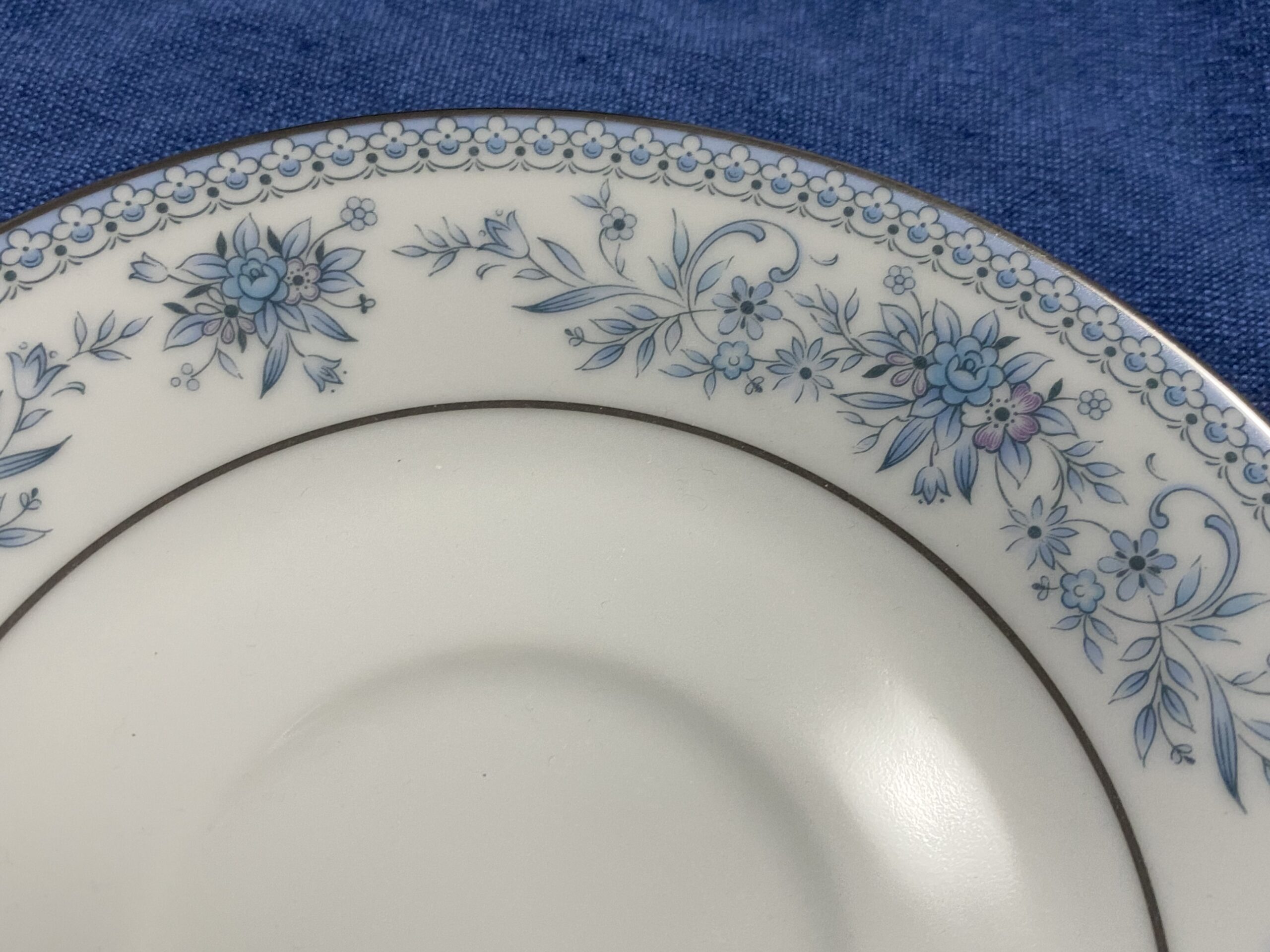
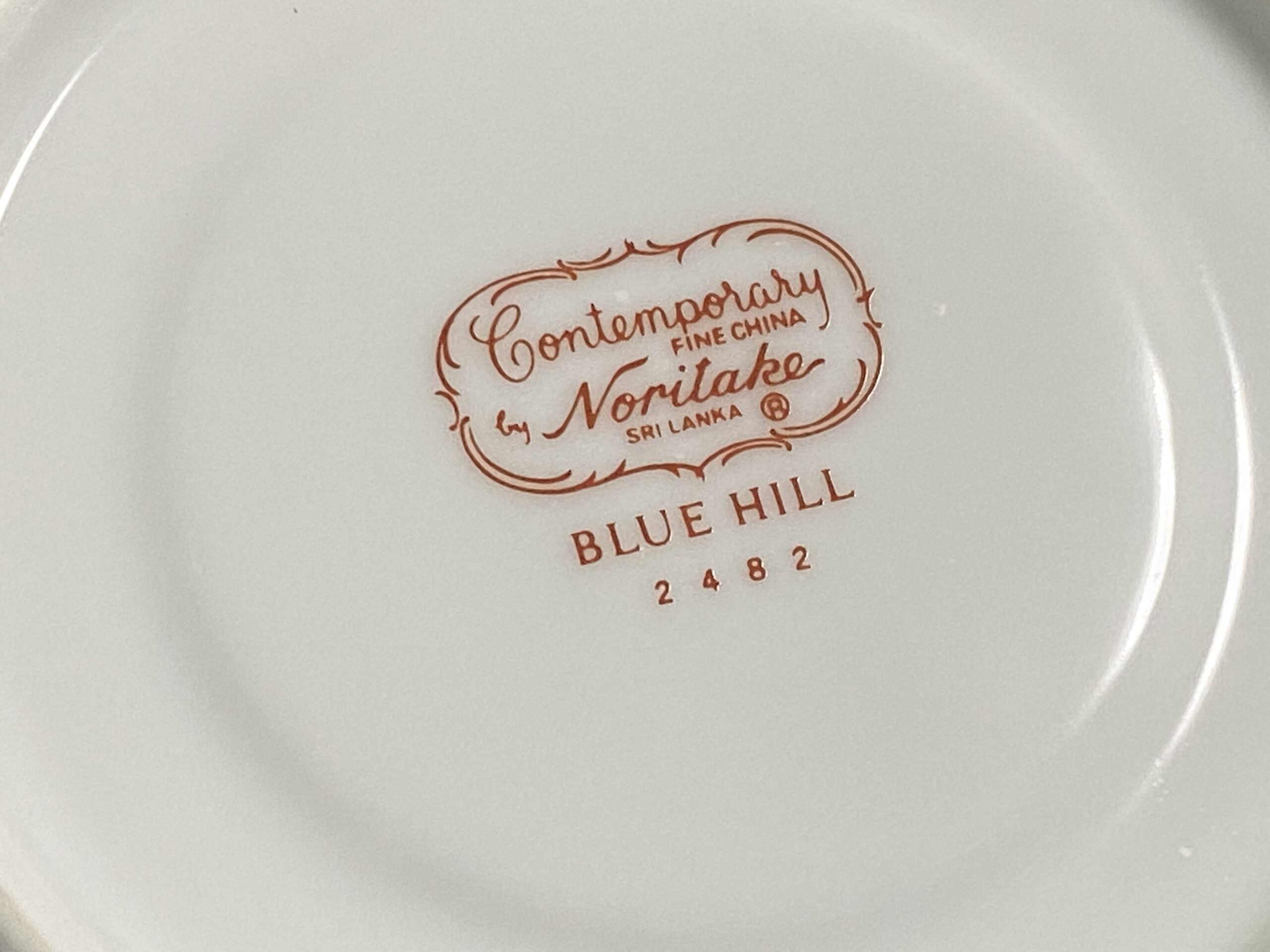
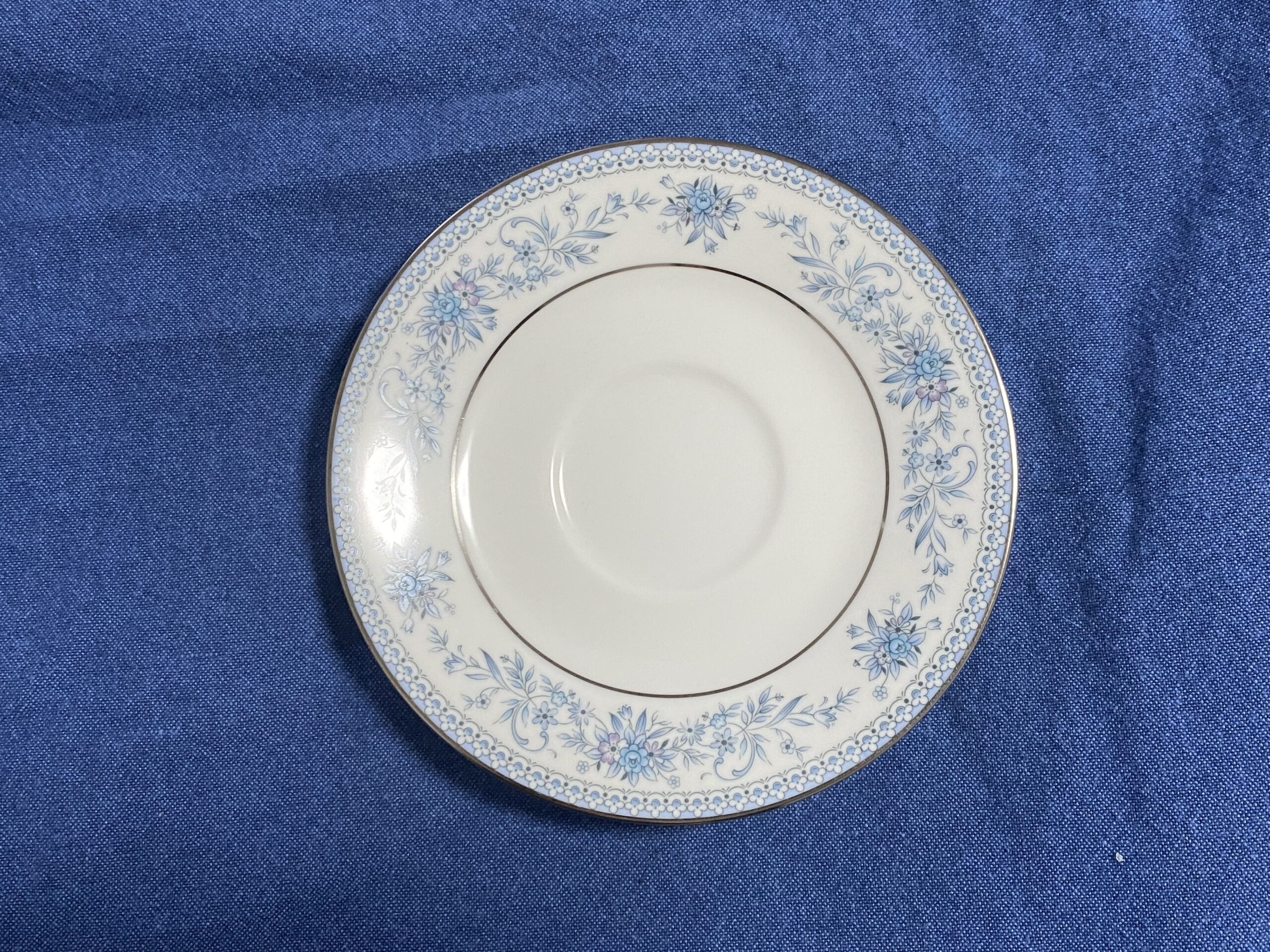
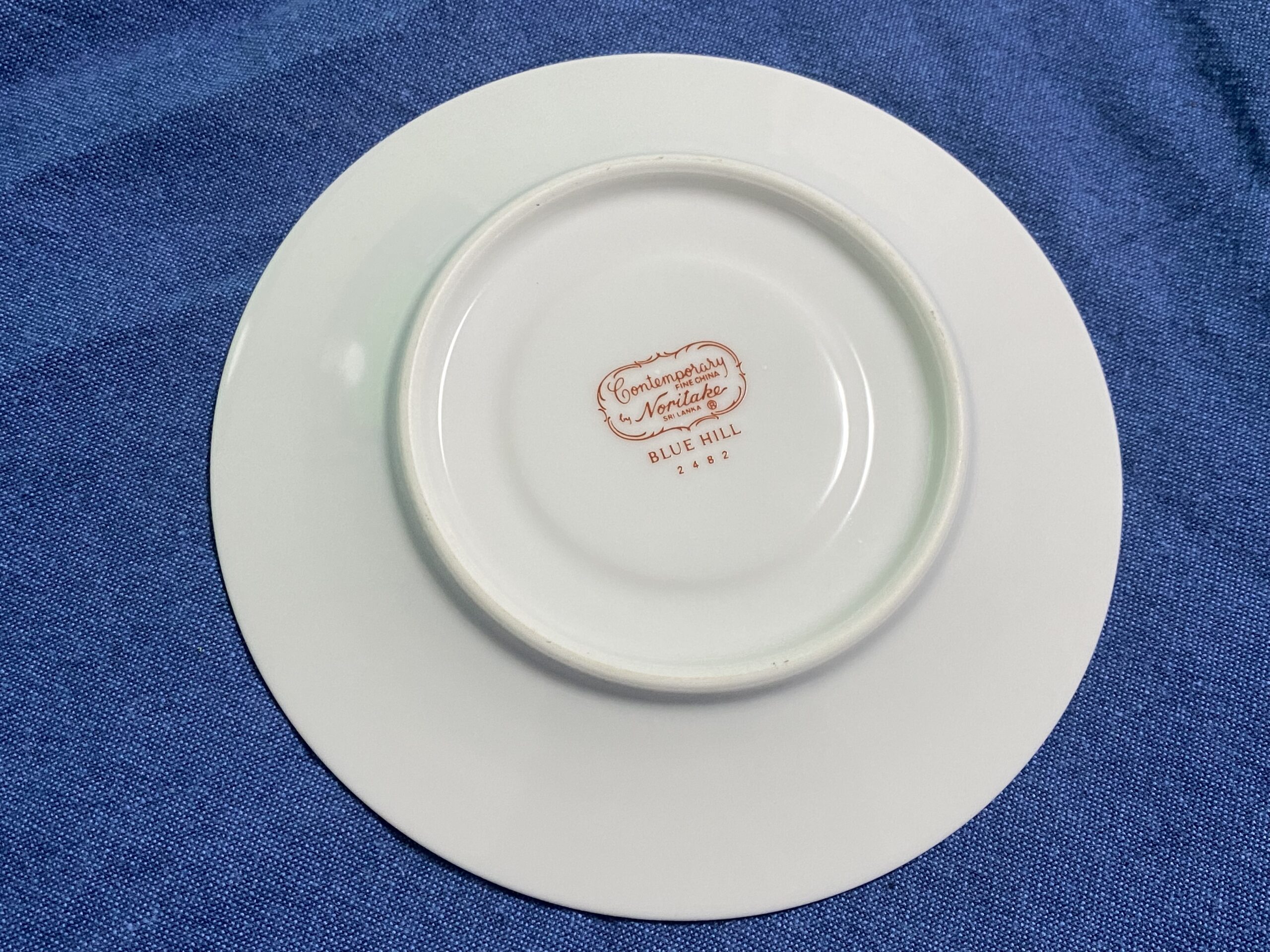
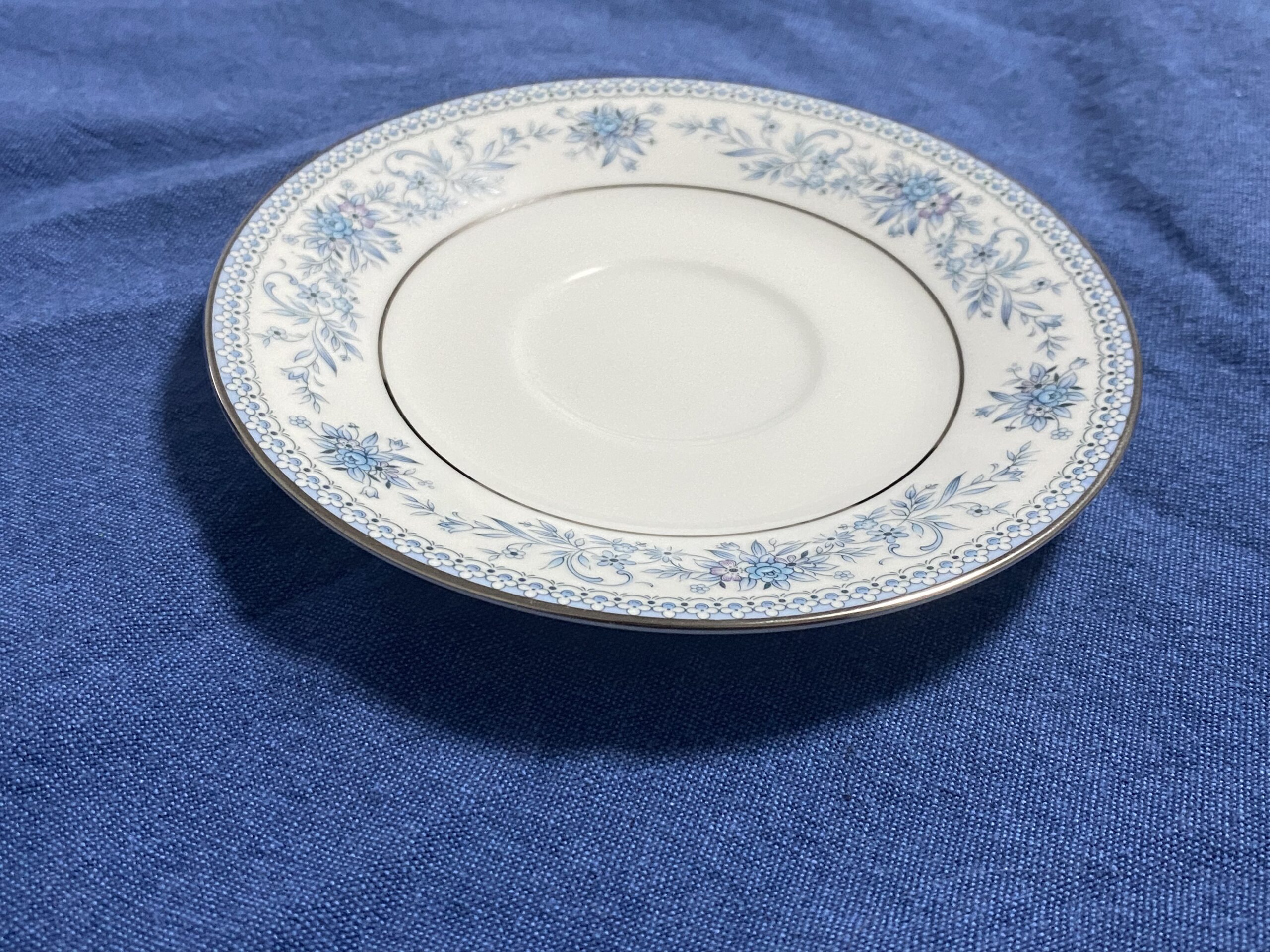

The Blue Hill Pattern Contemporary Fine China by Noritake are my holiday china. Thank you for letting me know they have lead.